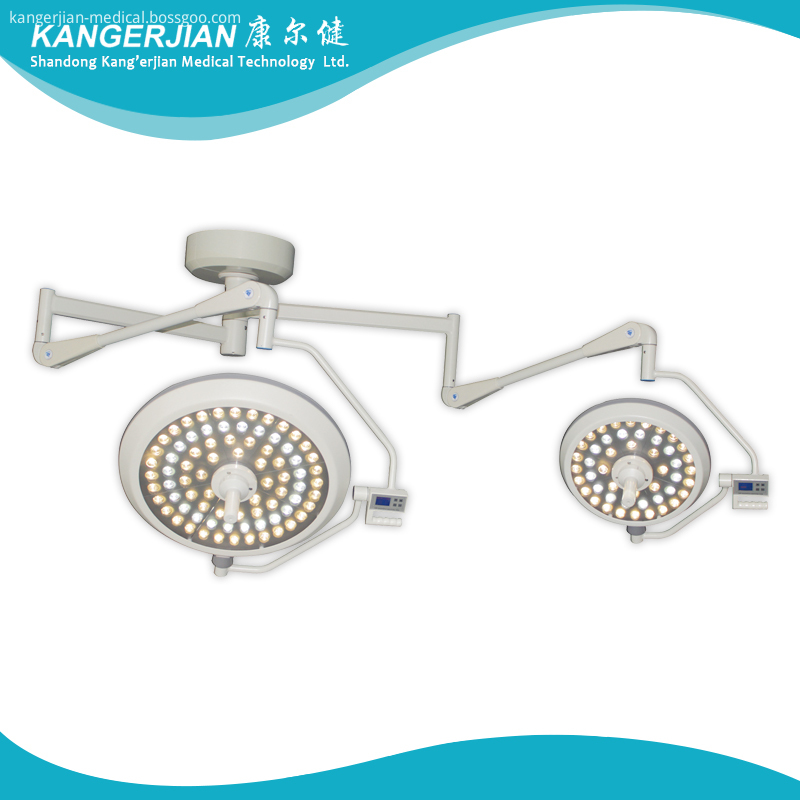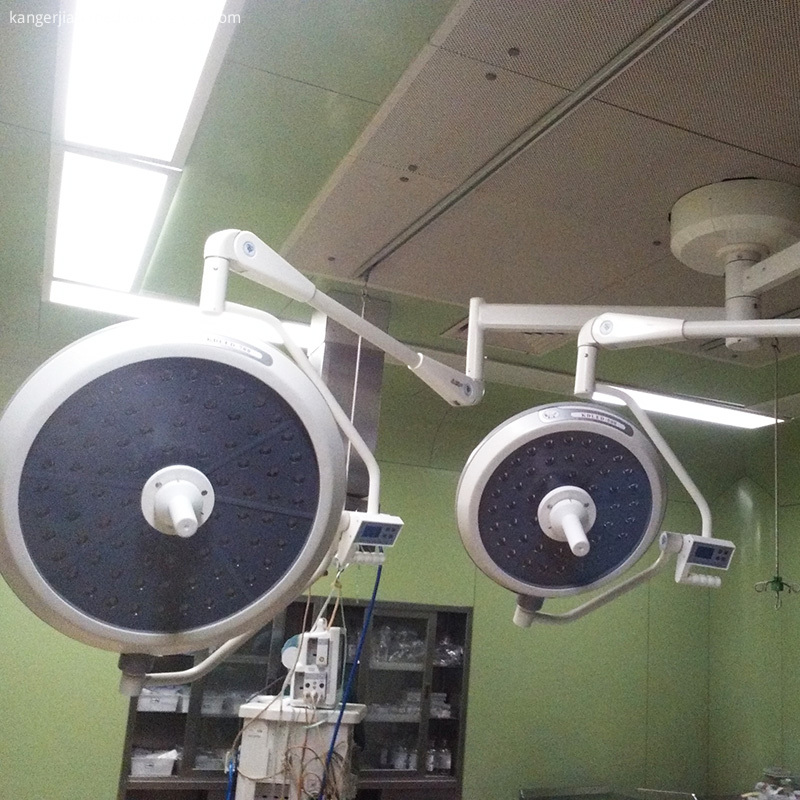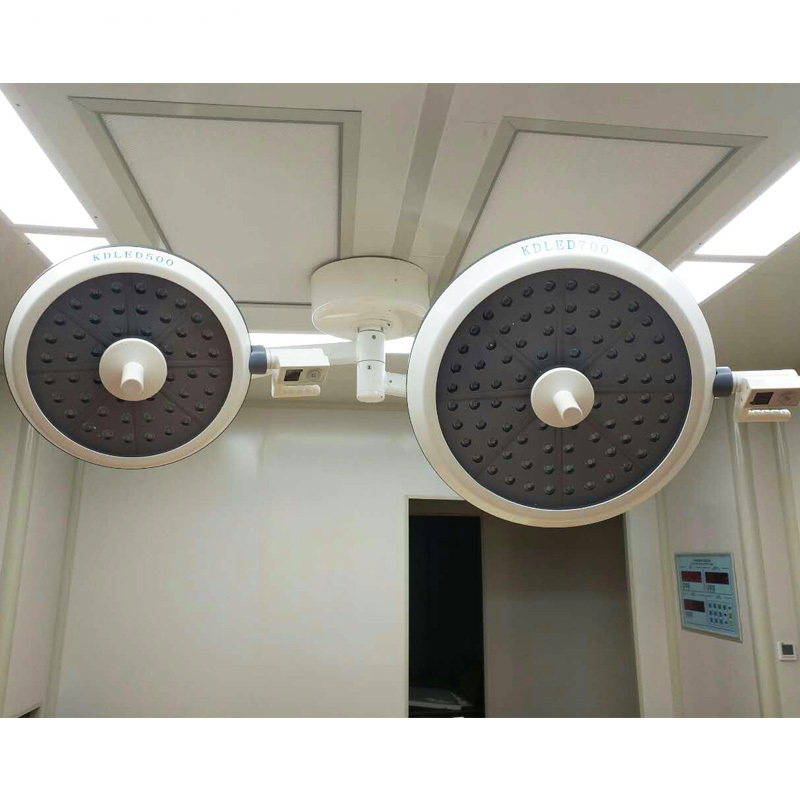First, viral hemorrhagic disease
1 Viral haemorrhagic disease, commonly known as rabbit plague, is an acute, hot, septic infection caused by a virus. It is characterized by strong infectivity, acute onset, and high mortality. It often has an outbreak and has a huge threat to the rabbit industry. The disease can occur throughout the year. It occurs more severely in spring, autumn, and winter. The performance of different ages is different. There is no disease in the lactating rabbits. The young rabbits gradually increase their susceptibility to the disease after 2 months of age. Young rabbits and adult rabbits have the highest susceptibility.
2 Prevention: The disease is currently not a good way to treat, the ideal way is immune injection. The pups began 35 to 40 days after weaning, and 1 ml of rabbit carp vaccine was injected subcutaneously into the ear of the neck. After 60 days of age, the immunization period was 4 to 6 months. Other rabbits can be immunized three times a year.
Second, infectious rhinitis
1 Infectious rhinitis is a chronic infectious disease characterized by closed eyes in rabbits caused by bacteria such as Pasteurella and Borrell bacteria. The disease can occur throughout the year, but the spring and autumn incidence rate is more variable; all rabbits are susceptible, while young rabbits have the highest susceptibility; indoor rabbit incidence is higher than the outdoors, especially the increase of harmful gases Rabbit house infectious rhinitis is prone to develop.
2 Control measures: The establishment of breeding colonies without Pasteurella multocida is the most reliable method for preventing the disease. When this group of rabbits was initially established, rabbits without Pasteurella multocida were selected without clinical symptoms and negative in the nasal cavity to confirm the absence of Pasteurella multocida, hygienic measures were taken, and regular bacterial examinations were performed. The introduction of a new rabbit population is to clear the carriers of bacteria by clearing the diseased rabbits that have clinical manifestations, according to the bacterial tests of the nasal cavity. The disease should adopt comprehensive preventive measures. The period of isolating the blockade is 20 days.
3 According to research, the high concentration of harmful gases in the rabbit house will induce rhinitis in rabbits. Therefore, try to make the rabbit house ventilation and air fresh. In seasons with frequent climate changes, some preventive drugs, such as oxytetracycline, sulfa drugs, and ciprofloxacin, are regularly fed. Medicinal plants such as garlic can also be regularly fed. Chloramphenicol, kanamycin, penicillin, streptomycin, and other nasal drops can be used. Adding olaquindox 200 mg/kg to the feed has a good effect. Experiments over the past few years have shown that the "nasal and anal net" developed by the Mountain Research Institute of Hebei Agricultural University has a very good effect in preventing and treating this disease. The prevention of 0.5% addition of feed was used for 5 days. The treatment was added in 1% and used for 3 days.
Third, coccidiosis
1 Coccidiosis is a common form of endoparasitic disease that is most harmful to young rabbits. All breeds of rabbits are susceptible. The incidence and mortality of young rabbits with weaning to 3 months of age are the highest. Adult rabbits are tolerant to this, but do not produce immunity and become long-term worms and sources of infection. . It can occur throughout the year, but it is most severe in summer with high temperatures and high humidity.
2 Preventive measures: reduce the intensity of infection: female rabbits are the source of infection of coccidiosis, reduce the chances of contact between the pups and the female rabbits, implement regular breastfeeding, often cleaning and disinfecting the female rabbit cages, stacking and fermenting the feces, and feeding the pups Before washing the female rabbit's udder and smearing 2% medical iodine, all had better results.
3 drug control: better drugs are chlorophenyl hydrazine, the enemy bacteria net, sulfonamides, salinomycin, etc., according to the instructions to add.
Fourth, rickets
1 Rickets is an ectoparasitic disease caused by a highly contagious infection caused by ticks and itchworms. It is also known as oysters, lime feet, and dry claw disease. Big threat.
2 Prevention and control measures: regular inspections, drugs often disinfected. A comprehensive inspection of the rabbit population was conducted every year and it was found that the suspicious rabbits were isolated in time and measures were taken. Not introduced from rabbit farms with rickets, rabbits were observed for 3 weeks, and they were indeed disease-free before they could be mixed. The rabbit house should be regularly sterilized, keep the environment dry, air circulation and sunlight. The ideal medicine and method is to wipe the affected area with 2% to 2.5% of trichlorfon alcohol solution; intramuscular injection of insect killer or disinfectant, 0.2 ml per kilogram of body weight, or oral nematica powder, 0.2 mg per kilogram of body weight.
Fifth, skin mycosis
1 Dermatomycosis is an infectious skin disease characterized by hair loss, hair breakage, and inflammation of the skin caused by Trichophyton spp. and Microsporum.
2 Prevention and control measures: strengthen feeding and management, pay attention to ventilation and ventilation, keep the rabbit body and environmental hygiene, often carry out disinfection, find rabbits, and isolate or treat them in time.
3 Treatment: When a large group develops, take griseofulvin orally, 25 mg per kilogram of body weight daily for 2 weeks; take clotrimazole syrup or ointment, rub the affected area evenly, 3 to 4 times a day, until heal; 10% water The maleic acid ointment, or 2% formalin ointment, or 5% to 10% aqueous solution of copper sulfate rubbed the affected area 2 or 3 times a day until healed.
Six, enteritis
1 Enteritis is characterized by dysfunction of the digestive system, loose stools, mucus, or bloody stools. Rabbits, especially young rabbits, are very harmful.
2 Prevention and control measures: Prevention can be added in the feed norfloxacin, furazolidone, ciprofloxacin, olaquindox, etc., according to instructions, use 3 to 5 days. Treatment can be intramuscular injection of sulfasalazine, sulfadiazine sodium, etc.; add nasal anal net in feed has a good effect. Due to the fragility of the digestive tract of Rex rabbits, in the event of enteritis, it is prone to dehydration and electrolyte imbalance. To achieve the desired therapeutic effect, it should be combined with rehydration and detoxification at the same time as medication, such as intravenous glucose, intramuscular injection of vitamin C and so on.
Kangerjian round type LED Operating Light LED bulb from OSRAM ,do not engender infrared ray and ultraviolet radiation, it doesn`t have the temperature rise and tissue damage caused by halogen shadowless light, can accelerate the wound healing after surgery, and has no Radiation pollution
Variety of Surgical environment lighting mode: bright, normal, endoscopic lighting mode.



Round Type Operating Light,LED Surgery Light,Led Surgery Ceiling Lamp,Surgical Shadowless Lamp
Shandong qufu healthyou Medical Technology co.,Ltd , http://www.kangerjian-medical.com